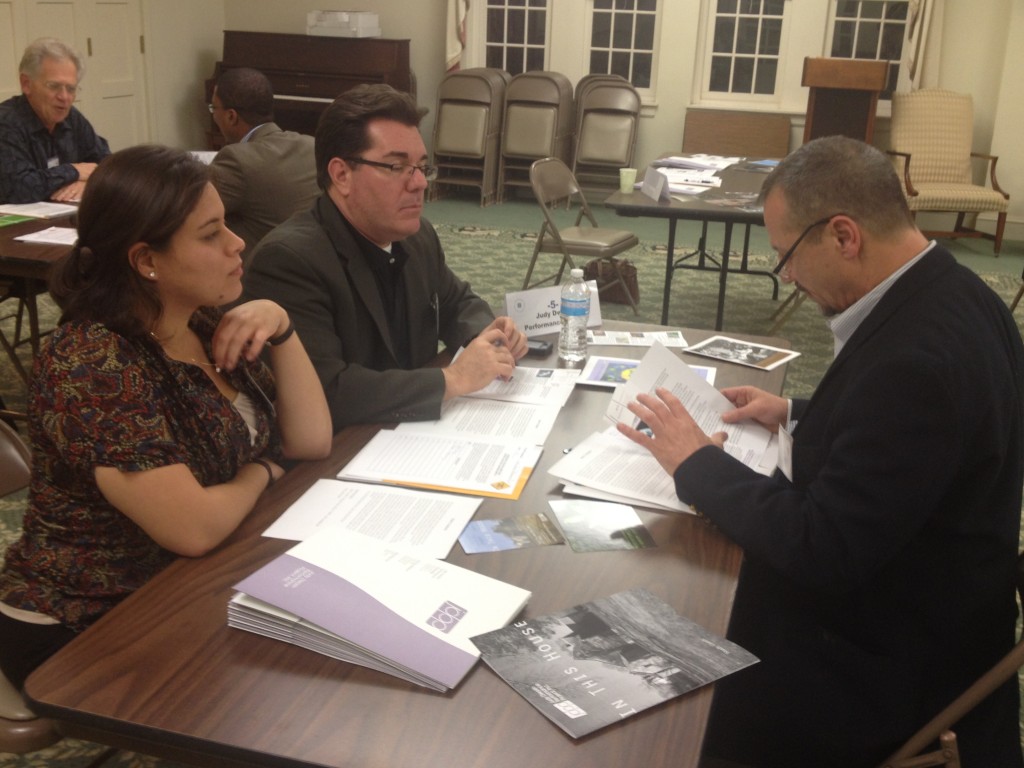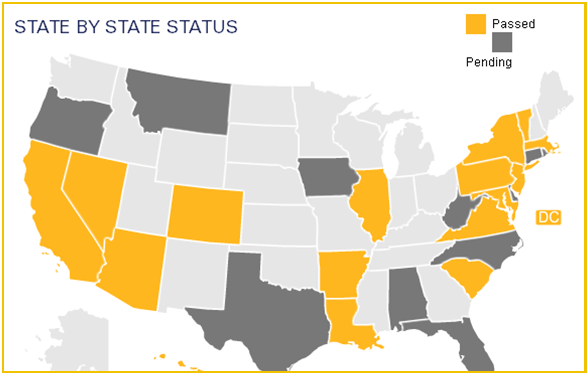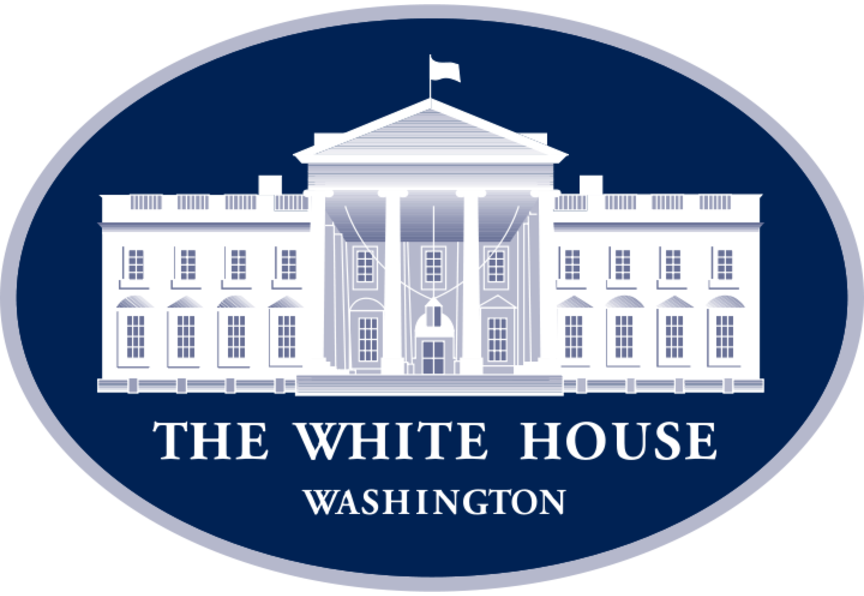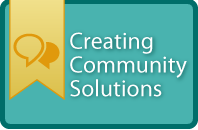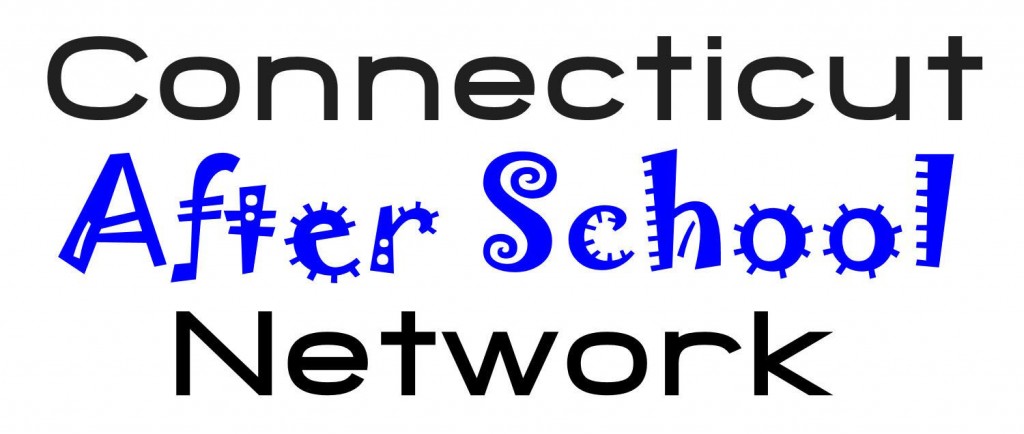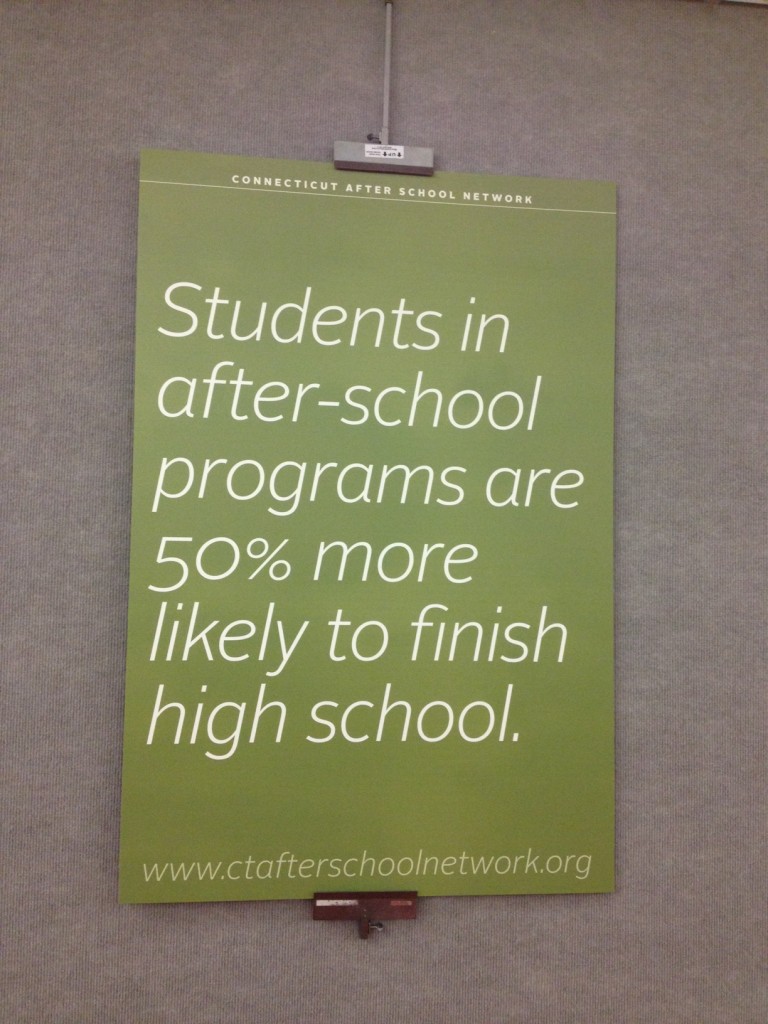Local Business Extends “Fostering Hope” Program Providing Backpacks for Foster Children
/
In honor of National Foster Care Month, locally owned and operated advertising specialty and marketing company The Perfect Promotion collected new duffle bags, backpacks and luggage to supply to children in foster care as part of the Fostering Hope Program that they launched in 2010.
Through donations made by the community, factory suppliers and The Perfect Promotion, hundreds of bags have been donated since the initiative was launched, including more than 200 this year. The bags were donated in May to the Rocky Hill-based Connecticut Association of Foster and Adoptive Parents, Inc. (CAFAP) and were distributed statewide to children in the c are of the Connecticut Department of Children and Families (DCF).
are of the Connecticut Department of Children and Families (DCF).
According to the Connecticut DCF, as of February 2012, there were a total of 4,515 children in foster care. The average age is 9-years-old. The placement breakdown includes 1,953 children in direct foster care, 1,221 in congregate care, 996 in relative care, 131 in independent living and 30 in a trial home.
“When I first learned that children in foster care oftentimes use a trash bag to carry all of their worldly belongings when they move from placement to placement, I knew we had to do something,” said Jody Ferrer, president of The Perfect Promotion. “It is my goal that the Fostering Hope Program will provide every child in foster care in the State of Connecticut with a bag to call their own, and a dignified means to move their possessions.”
More information about foster care is available from the state Department of Children and Families in a pamphlet, “A New Beginning” which tells the stories of the impact of foster care on the children and their foster families.
In an ABC Primetime report telecast in 2006, it was reported that “Children have on average three different foster care placements. Frequent moves in and out of the homes of strangers can be profoundly unsettling for children, and it is not uncommon to hear of children who have been in 20 or 30 different homes.”
All families providing foster care and pre-adoptive care for children in Connecticut are licensed or approved according to the regulations of the Connecticut DCF. The first step is to attend an open house offered by one of 14 area offices around the state. At the open house, staff provide an overview of the agency’s mission, philosophy of foster care, and the li censing process and requirements. To begin this process, or to learn more, call 1-888-KID-HERO or check the Open House Schedule.
censing process and requirements. To begin this process, or to learn more, call 1-888-KID-HERO or check the Open House Schedule.
The Perfect Promotion uses a consultative approach the focus is on the needs and goals of the client. Imprinted apparel and promotional products are used as tools to help businesses and nonprofits achieve their goals and maintain a positive, top-of-mind presence. For more information, visit www.theperfectpromotion.net.



